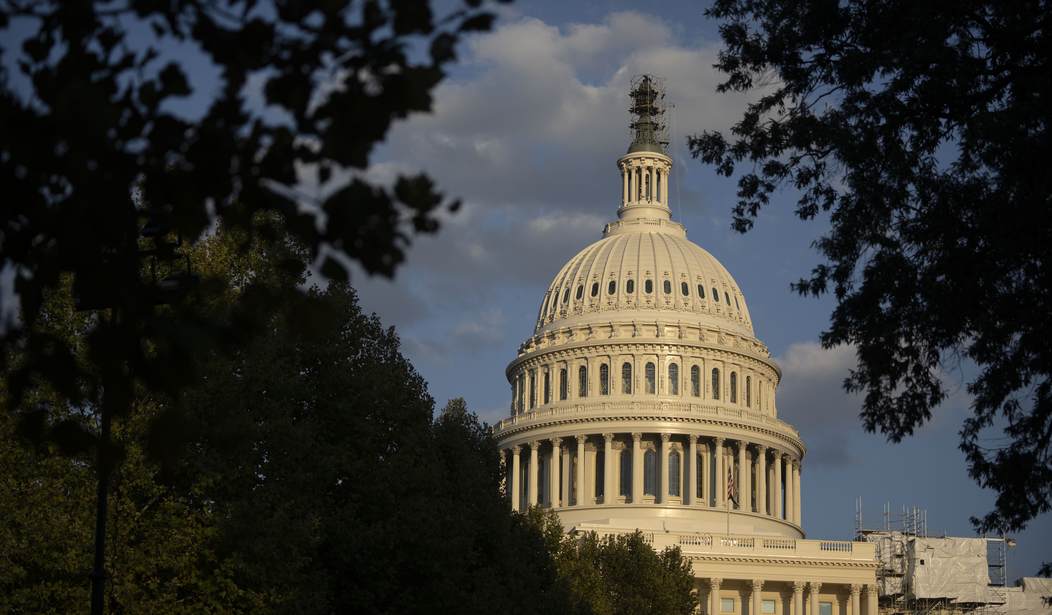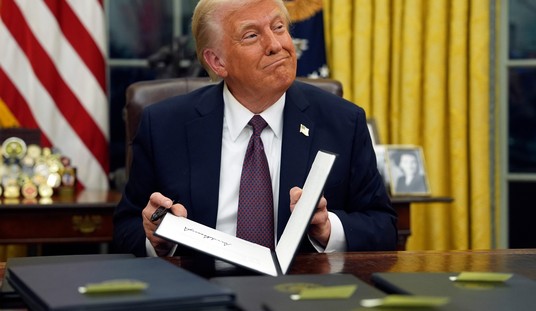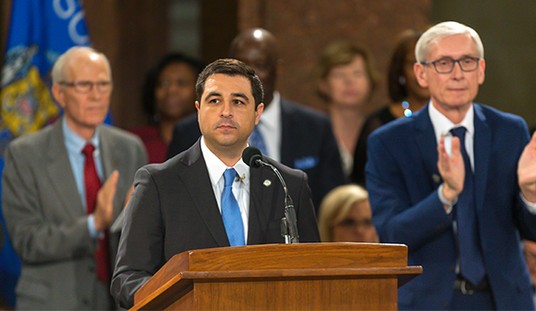“Rust Belt city benefits from Bidenomics” headlined an article last month in the Wall Street Journal, detailing the economic rebound being experienced by Terre Haute, Indiana, a former manufacturing center in decline for many decades.
Suddenly, due to an infusion of stimulus funding from the 2021 American Rescue Plan Act and the 2022 Inflation Reduction Act, this community is experiencing such a windfall that the mayor is “running out of room on his whiteboard” tracking infrastructure projects. New factories are being built, new home starts have tripled, long vacant properties are rehabbed.The venerable Charlie’s Pub and Grub will get a new roof and awnings.
The new initiatives in Terre Haute are part of the hundreds of billions of dollars in federal subsidies supporting manufacturing, housing and clean energy ventures doled out during the Biden administration.
But one question was never asked. Where is all this money coming from? You might think “taxpayers” but the truth is that we spend $2 trillion more every year than we take in. There are no available tax-derived funds available to distribute.
Instead, we spend fantasy money, loans charged off to future generations who don’t vote yet. We really do love them, just not as much as the luxury of getting to have things that we don’t have to pay for.
The Terre Haute story, just one of thousands like it, contains several insights into why spending cuts are so difficult and rare. The public habits of mind we have developed about the role of government and the responsibility of government to live within its means are the ultimate reason we have fallen into such fiscal danger.
Earlier generations of Americans would have been alarmed, not heartened, at the gigantic unfunded Biden spending surge. We instead assume that none of us should endure hardship or decline and that if we do, it is the duty of government to rescue us. Personal responsibility is outmoded.
Recommended
Government has never been known for its efficiency so all these “free” things are actually quite expensive. The good news is we still have a productive economy that has generated 1.4% revenue growth, net of inflation, since 2001, the last year the budget was balanced. Reasonably prudent governance would have achieved budget surpluses.
But that’s not what happened. Politicians spent so much feeding our welfare addiction that spending grew by an inflation-adjusted 3.0% annually, creating the true crisis we now face. Present projections by the Congressional Budget Office indicate spending will continue to outpace revenues, absent reform. Our national debt stands at an unimaginable $36 trillion, while borrowing costs are rising.
We’re in deep trouble. It may well be too late to avoid fiscal collapse. Interest on the national debt, the only truly non-negotiable item in the budget, tripled during the Biden years. It now exceeds total defense spending.
Interest payments amount to half of the total amount borrowed We are borrowing money to pay interest on the growing sums already borrowed, with no plan in place to reduce the debt amount, the dreaded Doom Loop.
Yet at this point, millions of families and seniors, businesses and governments manage their finances based on the expectation of federal subsidies, without which they presumably would be bereft. Over 75% of the federal budget goes to support these private expenditures.
Can Trump be the white knight who rescues us from fiscal doom? The logistics aren’t all that ominous (e.g., raising the retirement age of Social Security by two years would help), and Trump has generated more support for cost-cutting than any politician in memory. But it’s a matter of simple arithmetic. We can never balance the budget without addressing entitlements. That’s where the money is.
Entitlements are termed “ mandatory“ spending, but they are really just creations of Congress which can legally can amend them at will, if they have any.
Unfortunately Trump so far shows more interest in the low hanging fruit (Department of Education, USAID, obvious fraud) than in the hard work of convincing the American people that substantial entitlement reform is risky but necessary. Without him, Social Security and Medicare will remain No-Go zones even for budget hawks.
The task only gets harder as time passes. We’ll see soon.

























Join the conversation as a VIP Member